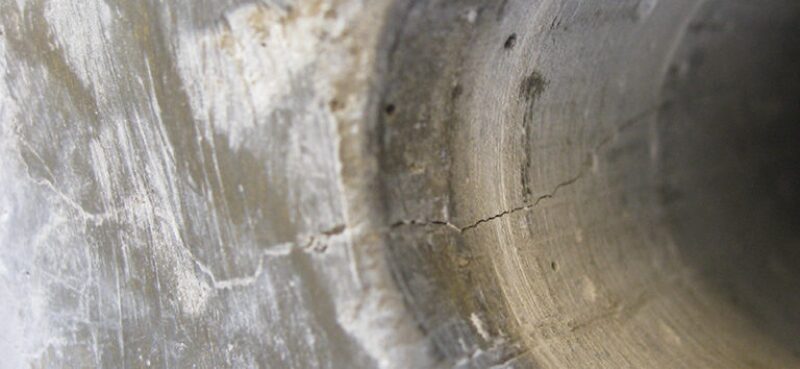When he was young, Yu-Shu Wu, saw the powerful effect that cold can have on rocks. “I was born and raised in the coldest part of China in the winter. There were a lot of fractures on the surface—you see big fractures everywhere,” said Wu, a petroleum engineering professor at the Colorado School of Mines. Wu has a grant to study whether extreme cold in the form of liquid nitrogen could be used for fracturing oil and gas wells.
Based on his training in rock mechanics, he thought that testing liquid nitrogen for fracturing an oil well “is worth a try.” With a budget of about USD 4.6 million and backing from the US Department of Energy’s Research Partnership to Secure Energy for America (RPSEA) and Pioneer Natural Resources, and assistance from the Lawrence Berkeley National Laboratory, the project he is heading is nearing the end of the first 3 years of work.
So far, Wu has been observing the sort of fractures that liquid nitrogen can cause in blocks of concrete—it can break them in a lab—and trying to figure out if that sort of cold jolt can be replicated in the ground.
“While rock physics strongly suggests it will work, there are big physical problems. Can you deliver enough liquid nitrogen to break the rock deep into a formation?” he asked. To simulate that, he is creating a computer model of what would happen in the ground, where temperatures are often far higher than on the surface.
One of the advantages of liquid nitrogen is that after it turns into a gas, it leaves nothing behind in the formation, he said. The online description of the grant said, “the proposed development will potentially revolutionize unconventional gas production from low-permeability reservoirs by non-contaminating cryogenic fracturing technology without using water or other fracturing fluids.”
This is not the first time liquefied nitrogen has been tested for fracturing. In 1998, Halliburton reported a fracturing experiment on fracturing a well by pumping liquid nitrogen into a 3,020-ft-deep well in Kentucky. Back then, the target formation, the Devonian shale, was often fractured using nitrogen, according to paper SPE 51067.
Liquid nitrogen had been used before in coal seams and sandstone reservoirs to produce more gas and might improve performance in a shale formation for two reasons:
- The fluid’s extremely cold temperature (–300°F to –320°F) can induce thermal tensile stresses in the fracture face causing it to fracture.
- Pressure, as the liquid evaporates from the gas created, fills a volume eight times greater than the liquid.
The test entailed multiple steps: First, 8,280 gallons of liquid nitrogen was pumped into the well that had been perforated in 34 spots. Warm gas was pumped in, followed by a stage with water and mist, and then another 5,700 gallons of liquid nitrogen.
The initial results were positive. In a 24-hour flow test, the well fractured with liquid nitrogen produced 8% more than a comparable well completed with a high-rate nitrogen gas fracture, but it was shut in after that.
The goal of the Colorado project is to test the idea on a well in 2015. Doing so will likely require modifications in the hardware used, with a manifold made of high-performance steel able to stand up to the cold and insulation to protect the steel pipe in the well from the cold, which can make it vulnerable to breaking.
Nitrogen gas was used to increase the pressure in the annulus of the well to contain the liquid nitrogen in the well.
At the end of the test, Wu is hoping to try it on a well with the help of Pioneer, which is offering advice during the process.
The well he is seeking would be a shallow one because, he said, “I want to avoid one that is too hot or too expensive.”

